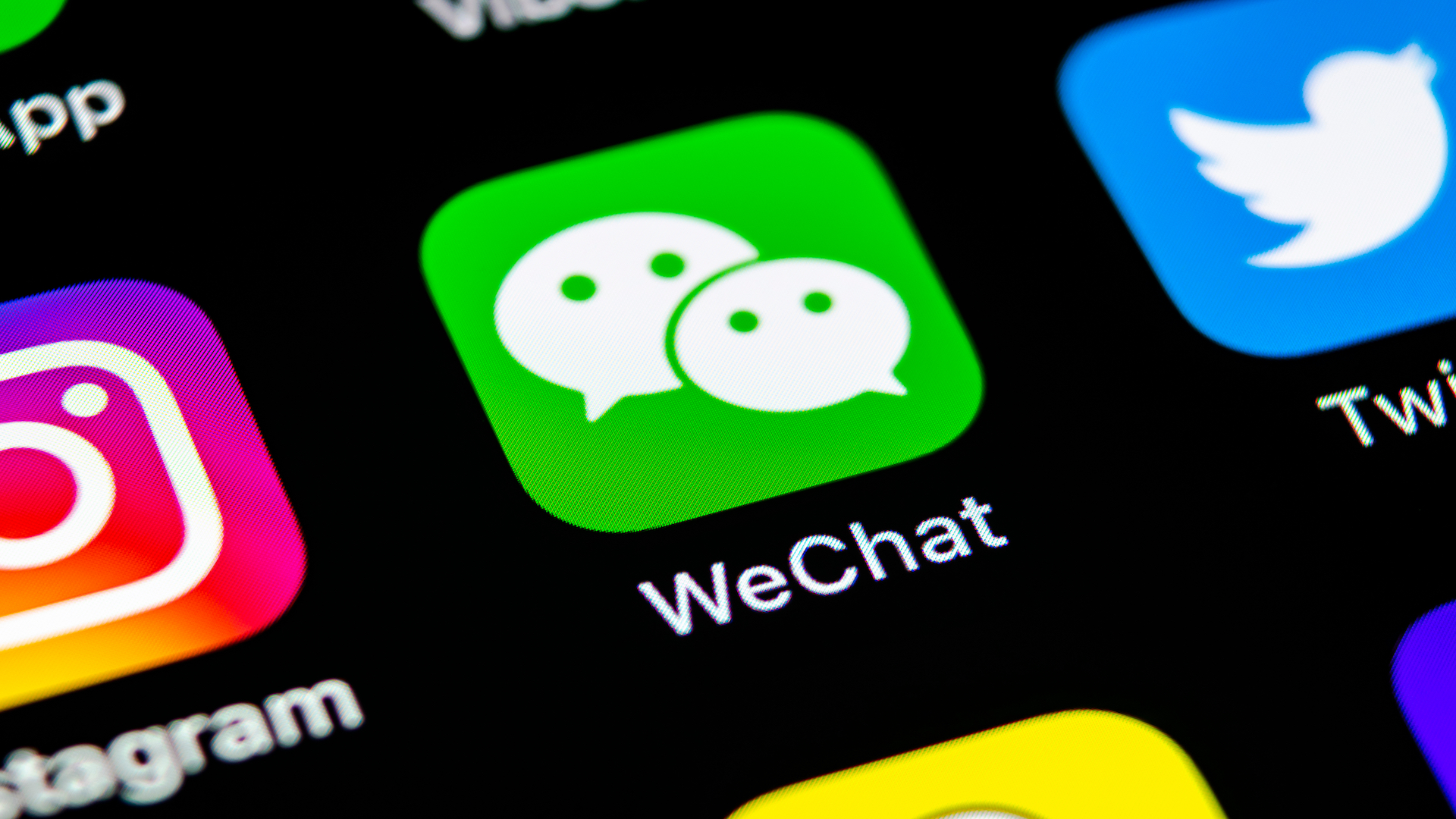No technology is more important for trans-Pacific relationships than WeChat.
With WhatsApp, Telegram, and Facebook banned on the Mainland and email scarcely used, Tencent’s multifunctional app has become the primary channel through which exchange students contact families, businesses maintain connections, and diaspora communities stay in touch.
The Trump administration announced an executive order to sever this channel, one with nearly 20 million users in the U.S.
The implications of a WeChat ban extends far beyond personal communications. Cultural organizations have increasingly turned to the app to facilitate Chinese visitation and brand build.
What is WeChat?
China’s main messaging app with more than 1.2 billion users. But more. If you consolidated all the apps on your phone into a single program, the result would match WeChat’s multifunctionality.
What has President Trump threatened?
An executive order to bar “any transaction that is related to WeChat by any person or with respect to any property subject to the jurisdiction of the United States, with Tencent Holdings Ltd”. A separate executive order targeted TikTok, the short-video app owned by ByteDance.
The WeChat ban would take effect on September 20. The President’s order, however, is vague with the pivotal word ‘transaction’ yet to be properly defined.
Why does Trump want a WeChat ban?
Ostensibly to protect national security — based on the fear WeChat allows China’s government access to the data of U.S. citizens. The more cynical view is that a tough on China stance has become a central pillar of his reelection campaign.
Why is WeChat important for U.S. museums and attractions?
Launching WeChat Official Accounts — similar to an Official Facebook page — has allowed organizations to navigate the language barrier and connect with an audience that doesn’t use Western social media platforms.
Chinese visitation to the U.S. has grown by more than 400 percent in the past decade. WeChat helps organizations from Los Angeles’ Getty Center to New York’s Empire State Building provide visitor information, maps, customer service, exhibition information, and ticketing on a platform ubiquitously used by Chinese tourists.
Jing Travel reached out to numerous culture-focused China consultancies, all declined to comment, with several stating they are closely monitoring the situation and drawing up multiple contingency plans on account of the vagueness of the WeChat ban executive order.
A growing number of cultural destinations have furthered their offerings on WeChat by creating Mini Programs, multifunctional apps that run within WeChat’s ecosystem.
Problematically, in light of President Trump’s proposed ban on transactions with WeChat’s parent company, the expansion of U.S. attractions into WeChat has often occurred through direct collaboration with Tencent — specifically WeChat Go, a branch focused on helping attractions facilitate Chinese outbound tourism. In May, for example, 11 U.S. museums worked with Tencent to create Mini Programs in an initiative called “Museums in the Cloud”.
U.S.-China tech hostility remains in its infancy, but the irony of Chinese in America using VPNs (virtual private networks) to access the Mainland’s most popular app seems increasingly likely.



